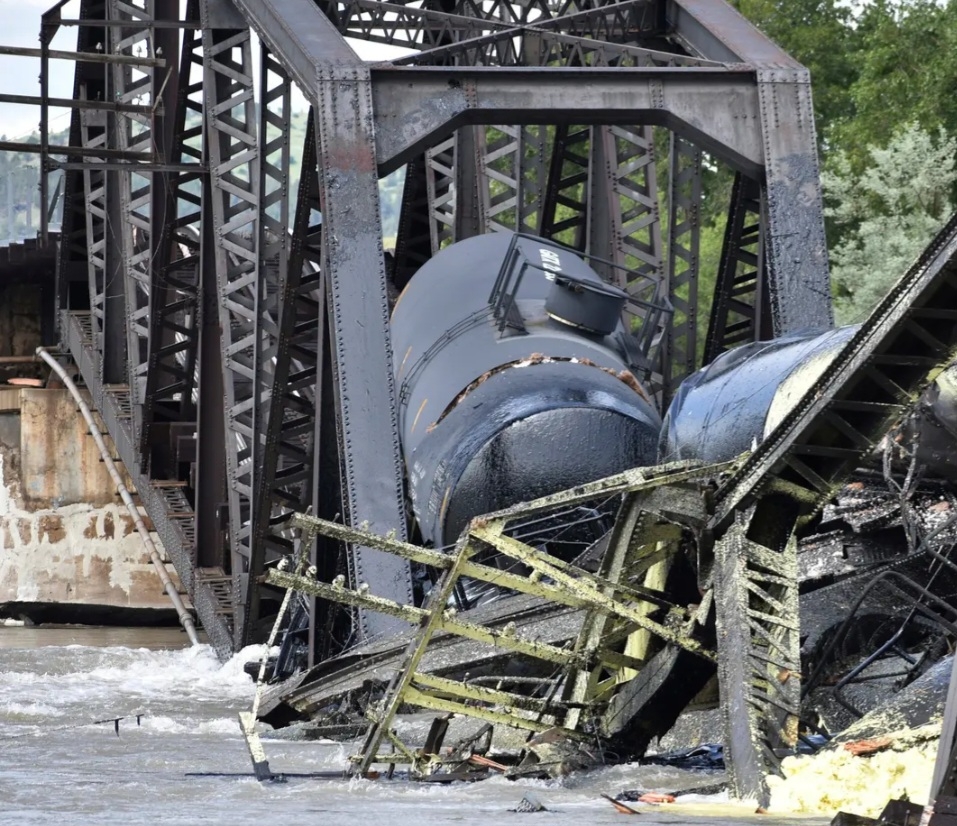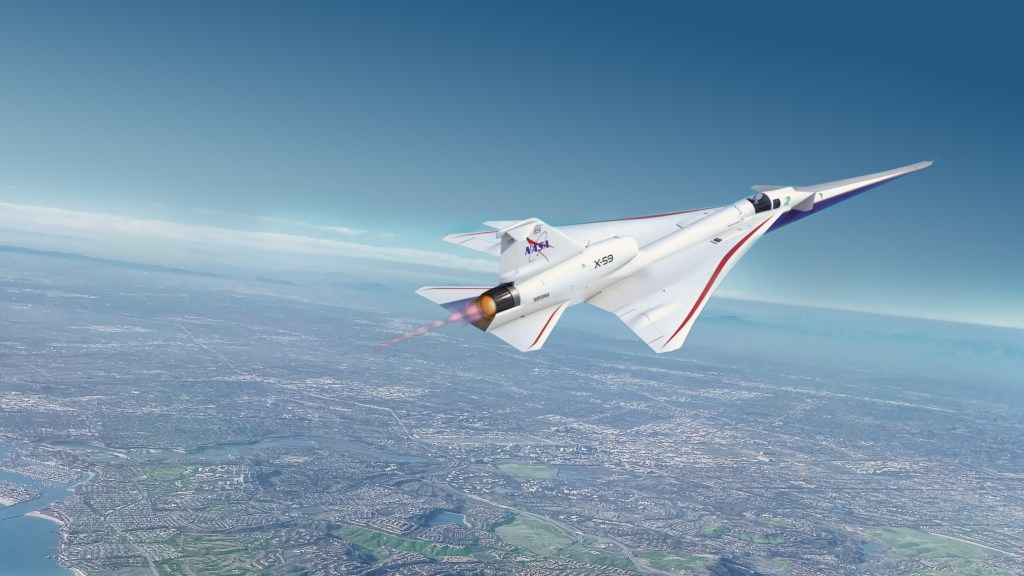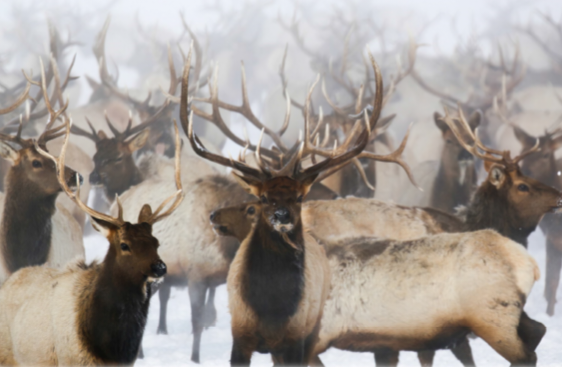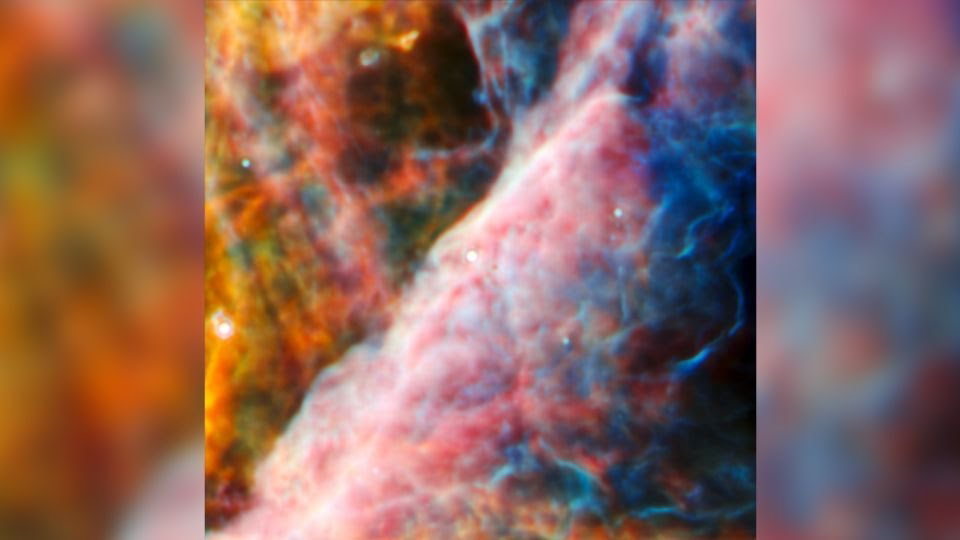Train Derailment in Montana Sends Multiple Cars into Yellowstone River
A train derailment in Montana early Saturday morning caused a bridge across the Yellowstone River to collapse and sent multiple cars into the water below.
The derailment occurred around 6 a.m. near Columbus, Montana, about 50 miles north of Billings. The train was carrying a mixture of hazardous materials, including petroleum products, molten sulfur, and hot asphalt.
Multiple tanker cars were damaged in the derailment and are leaking petroleum products into the river. Yellowstone County Disaster and Emergency Services said there is no immediate threat to public health, but people are being asked to avoid the area around the bridge.
The cause of the derailment has not yet been determined. The National Transportation Safety Board is investigating the incident.
The derailment has caused significant damage to the bridge, which is now closed to traffic. The bridge is a vital transportation link for the region, and its closure is expected to cause major disruptions.
The derailment is the latest in a series of transportation accidents in Montana in recent months. In March, a train carrying crude oil derailed and exploded near Glendive, Montana, causing a major fire. And in April, a train carrying coal derailed and spilled coal into the Yellowstone River.
The recent spate of transportation accidents in Montana has raised concerns about the safety of the state's rail infrastructure. State officials have said that they are working to improve safety measures, but they acknowledged that there is still more work to be done.
The derailment in Montana is a reminder of the potential dangers of transporting hazardous materials by rail. It is also a reminder of the importance of rail safety. State and federal officials must take steps to ensure that the state's rail infrastructure is safe and that hazardous materials are transported safely.
As of June 25, 2023, the derailment has caused no injuries. However, the petroleum products that leaked into the Yellowstone River have caused significant environmental damage. The river has been closed to fishing and swimming, and the wildlife in the area has been affected.
The NTSB is continuing to investigate the cause of the derailment. They have not yet released any findings.
Impact on the community
The derailment has had a significant impact on the community of Columbus, Montana. The bridge that was destroyed is a major transportation link for the area, and its closure has caused major disruptions.
The derailment has also caused environmental damage. The petroleum products that leaked into the Yellowstone River have contaminated the water and affected the wildlife in the area.
The community is still reeling from the derailment, and it is unclear how long it will take to recover. However, the community is resilient, and they are working together to rebuild.
What can be done to prevent future derailments?
There are a number of things that can be done to prevent future derailments. These include:
1. Improving the safety of rail infrastructure.
2. Training rail workers on safety procedures
3. Using more advanced technologies to prevent derailments
The state of Montana is working to improve rail safety in the state. They have implemented a number of new safety measures, and they are working to train rail workers on these measures.
The federal government is also working to improve rail safety. They have passed a number of new regulations, and they are working to develop new technologies to prevent derailments.
By taking these steps, we can help to prevent future derailments and keep our communities safe.
©️ Rocky Mountain Dispatch 2023




Comments
Post a Comment